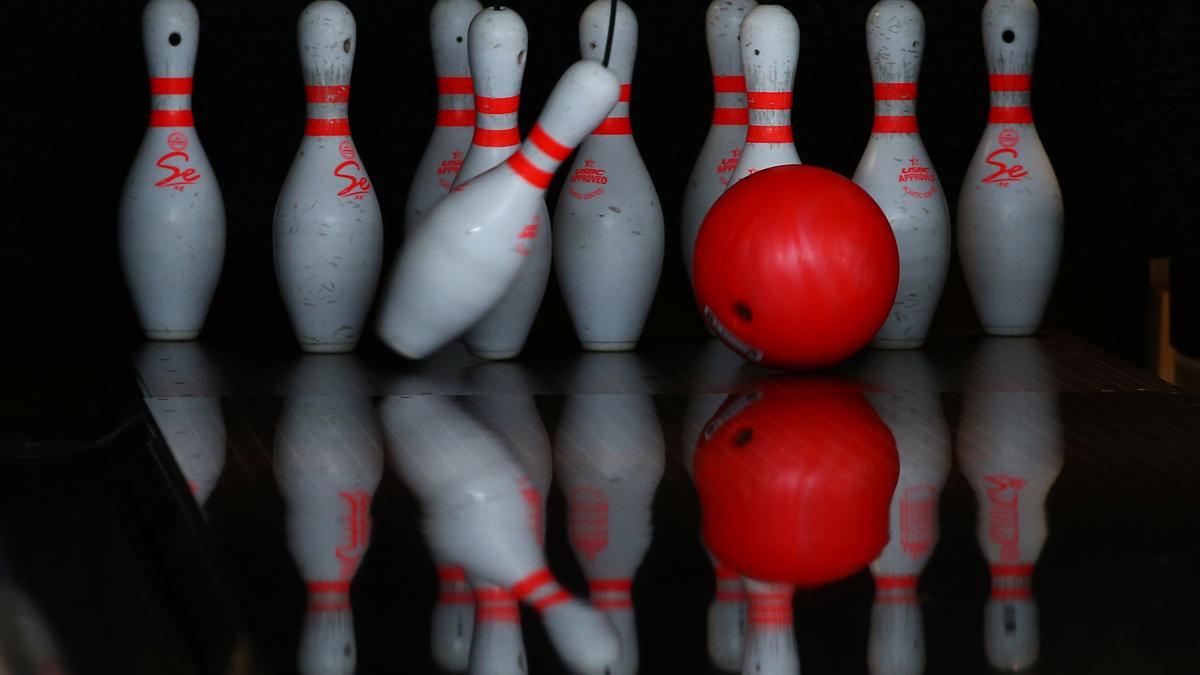
Tenpin bowlers strike out due to nationwide lack of awareness of sport’s competitive nature
The Hindu
As fun as bowling is as an activity with family and friends, it is also a competitive sport where laurels are waiting to be won
On a humid May evening on bustling Church Street in Central Bengaluru, three men and women geared up next to the immaculately laid tenpin bowling alleys at Amoeba to play the finals of the Karnataka State Ranking Tenpin Bowling League.
That day, R Kishan went on to win the men’s title while Hitasha Sisodiya took home her maiden trophy. But apart from those onlookers at the venue, a few friends and family, and a handful of discerning newspaper readers, not many knew that such a tournament was being held and that there were medals and prizes in the offing.
Not many know that bowling, long considered a recreational activity is also a sport in its own right. This holds true not only in India, but also internationally. “It is a competitive sport and not a lot of people are aware that there are 12 gold medals on offer at the Asian Games for bowling,” says Akaash Ashok Kumar, a former national champion.
It is this apathy that the Tenpin Bowling Federation of India has been trying to break through. The initial efforts began in 2009 when 15 men’s and six women’s bowlers from across India were selected and put under a foreign coach. Even though India had competed in international tournaments before, the available skill, ability and knowledge were inadequate to compete with participants from other countries.
At the state-level, the Karnataka State Tenpin Bowling Association (KSTBA) devised its own plans and has been moderately successful in developing players such as Akaash, a bronze medallist at the Commonwealth Tenpin Bowling Championships in 2011 and 2016, as well as R Kishan, the current National champion, among others.
However, for the game to spread, the pool at the base has to be widened and it is here that the socio-economic aspects of the sport plays a major role. Even for recreational purposes, a large number of bowling arenas for the general public are not monetarily feasible to maintain.
Unlike sports such as cricket, football, basketball and others, where the government has provided the public access to playgrounds, bowling suffers because it is an expensive sport. For a professional bowler, it is important to have proper equipment, such as balls which are customised to each individual’s bowling technique. The price for a reactive ball ranges from ₹8,000 to ₹23,000.











